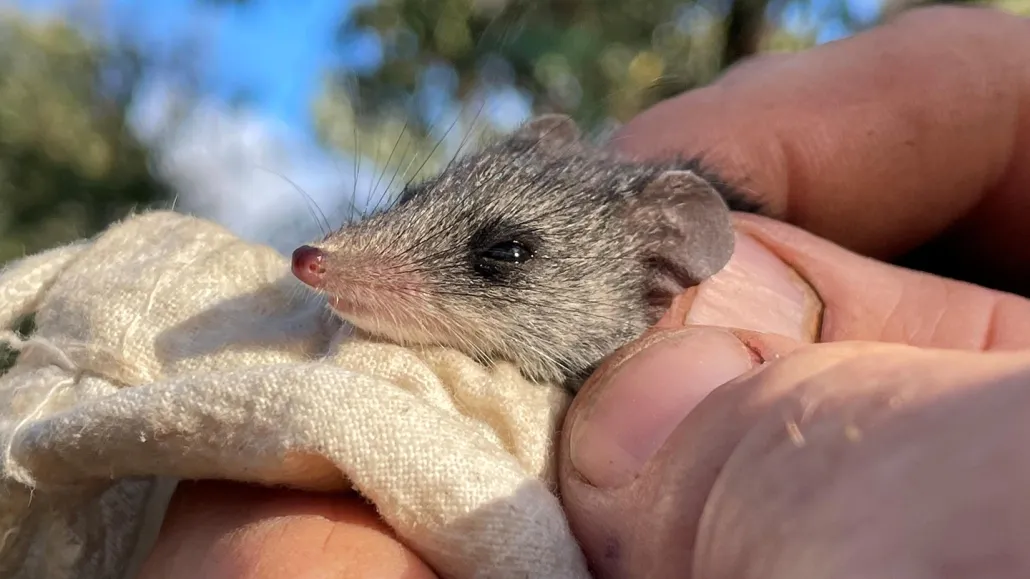These tiny marsupials survived wildfires only to face extinction from feral cats
The Kangaroo Island dunnart was one species seen to reemerge after Australian bushfires

At about 7.5 centimeters long (not counting its tail), this Kangaroo Island dunnart — caught in 2022 during routine monitoring of the island’s wild inhabitants — easily fits in the palm of a hand.
Pat Hodgens






